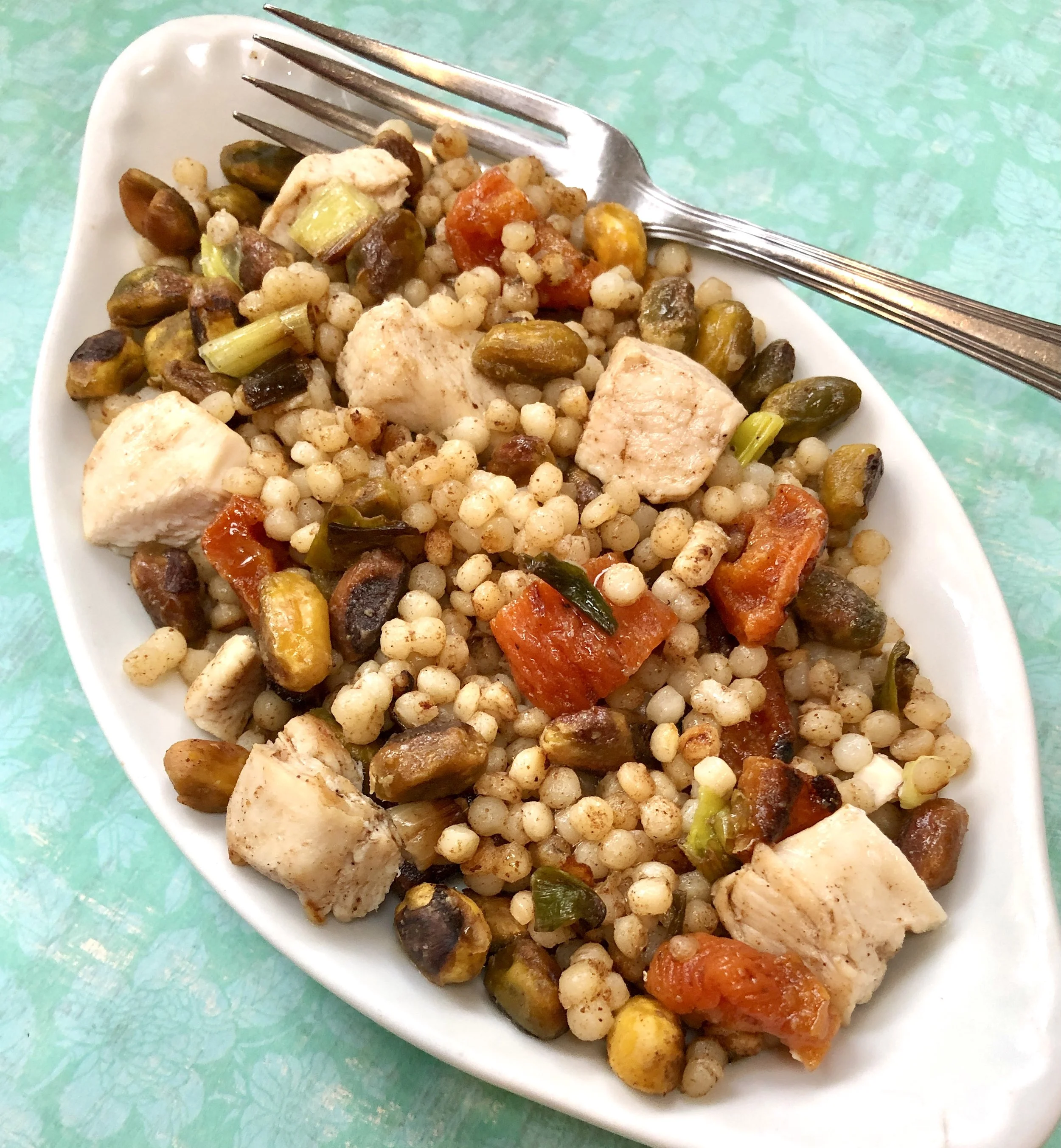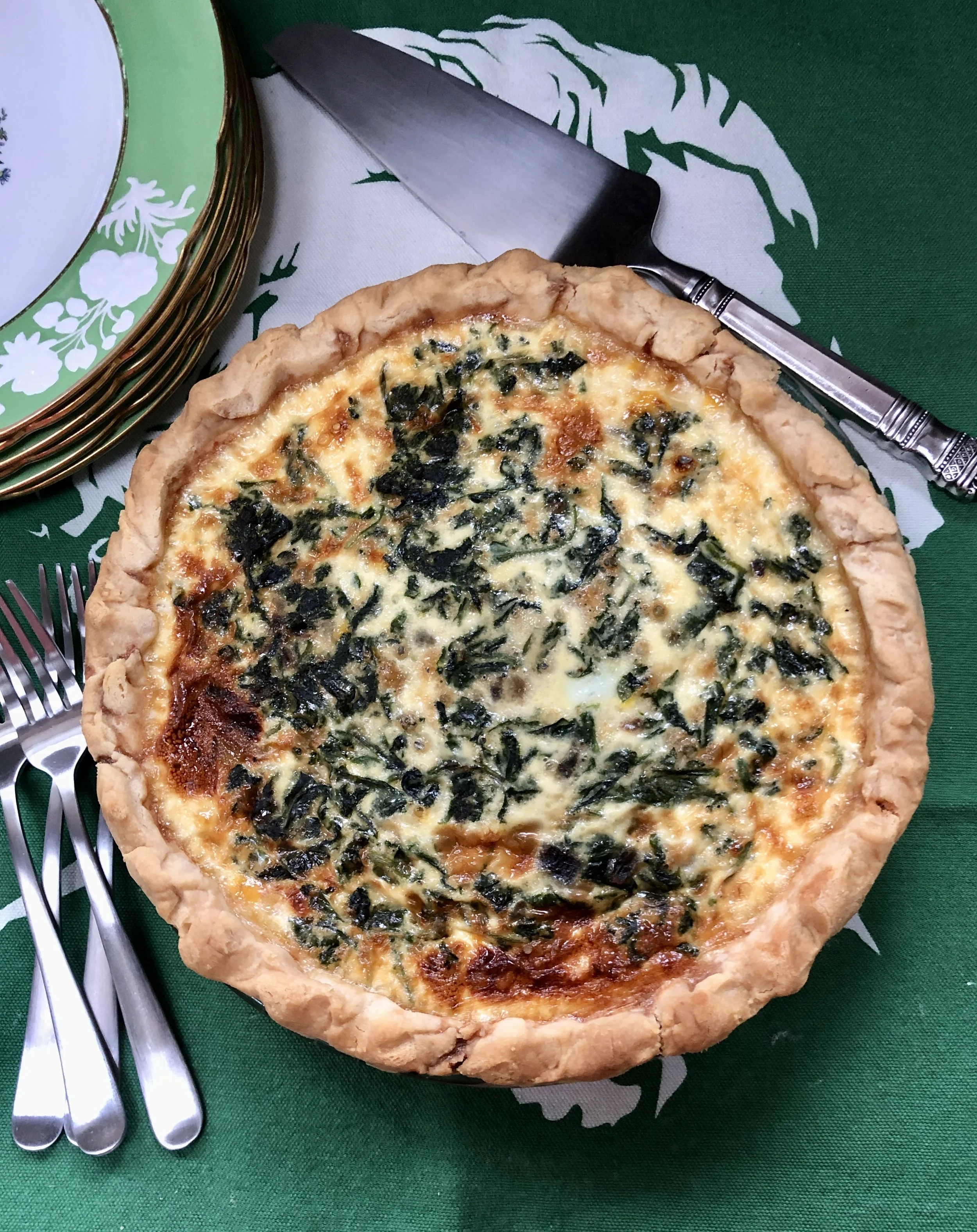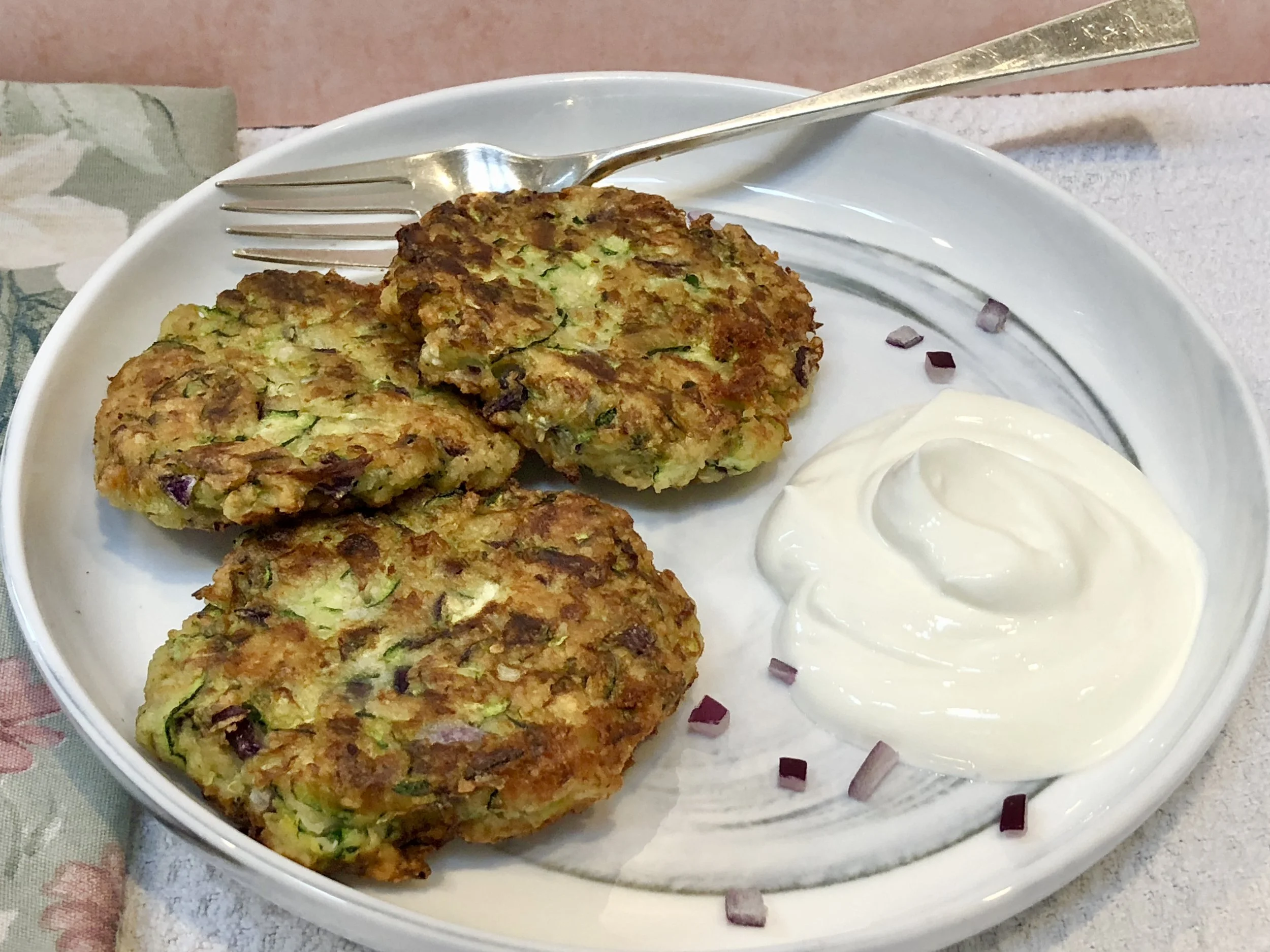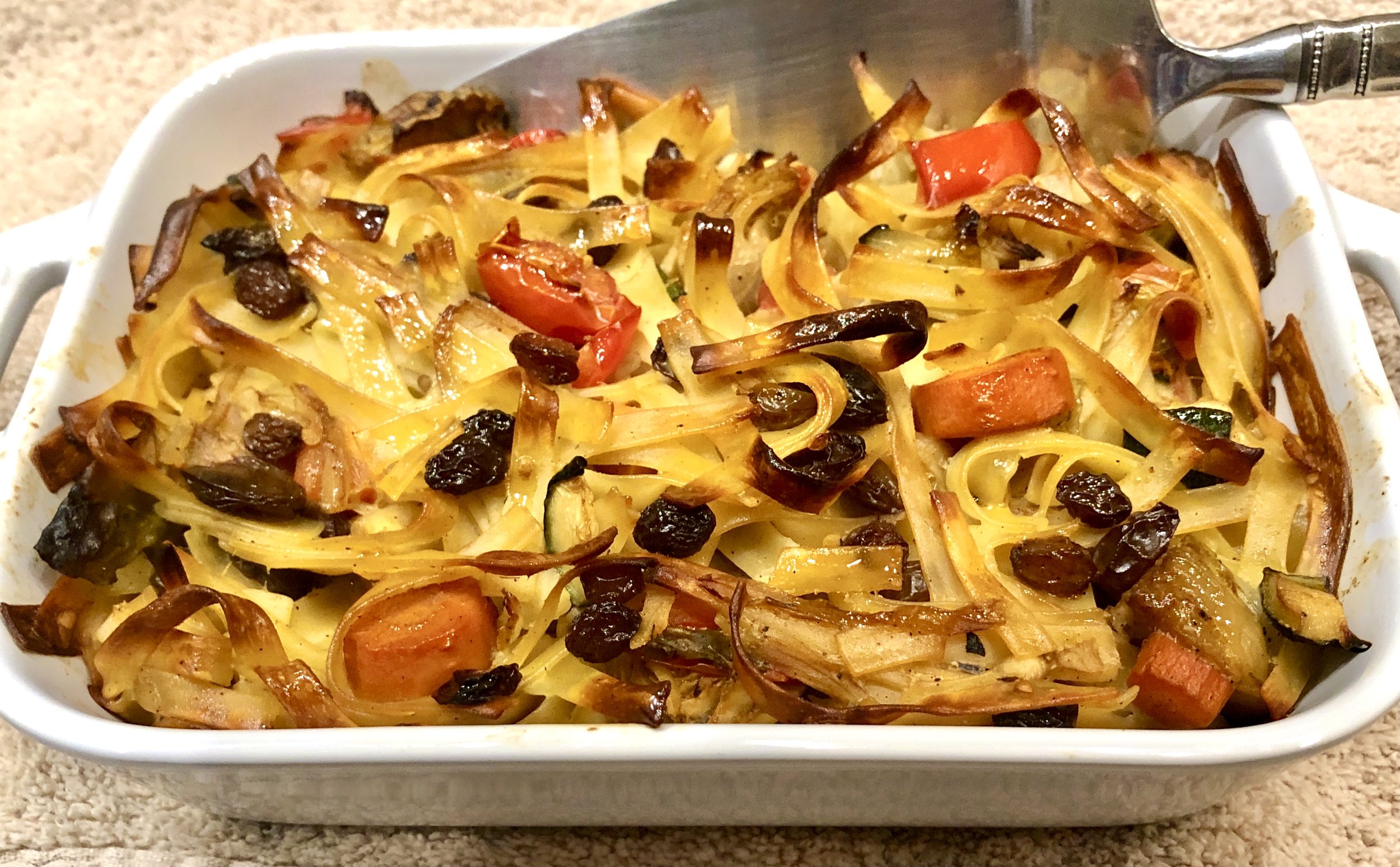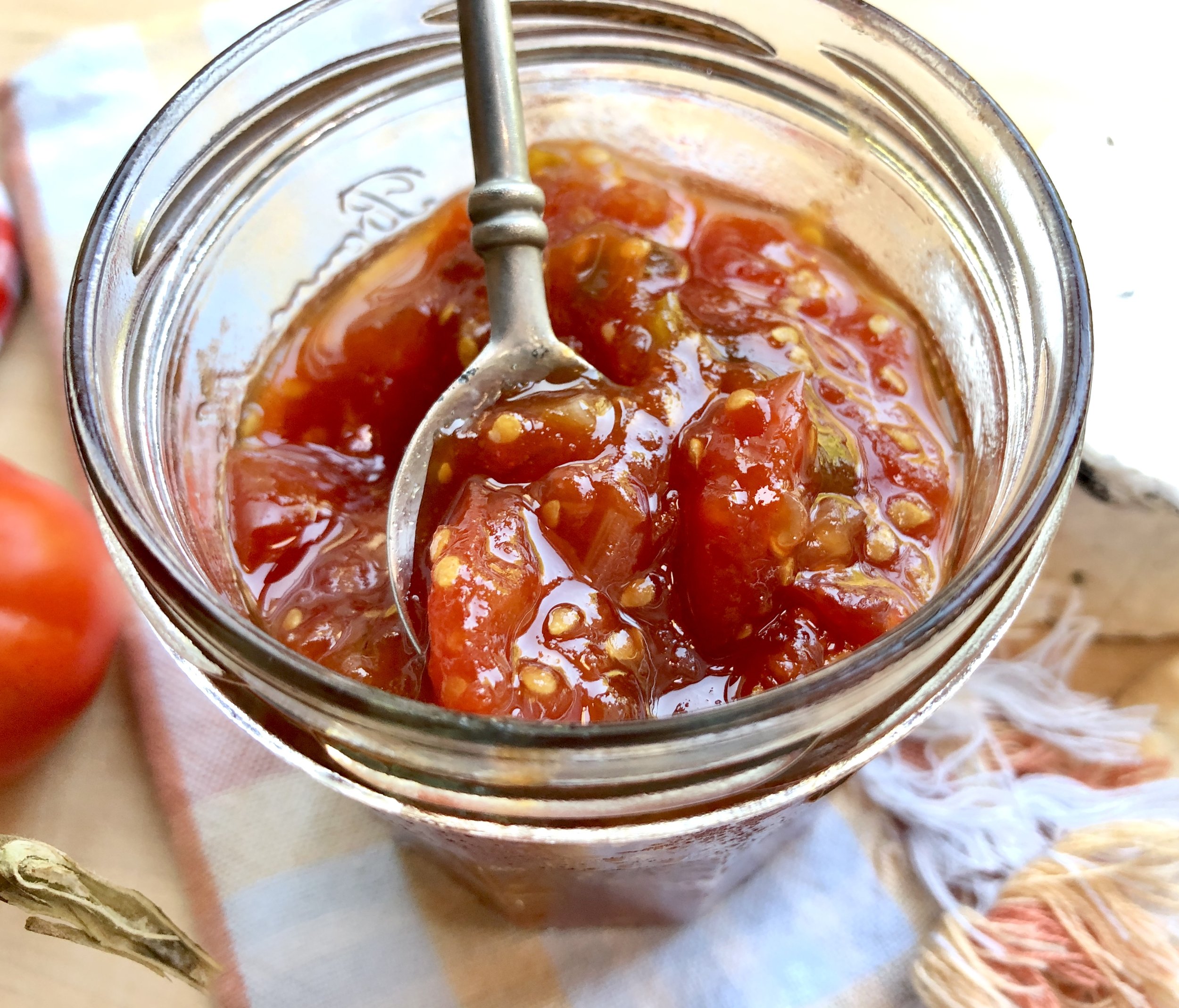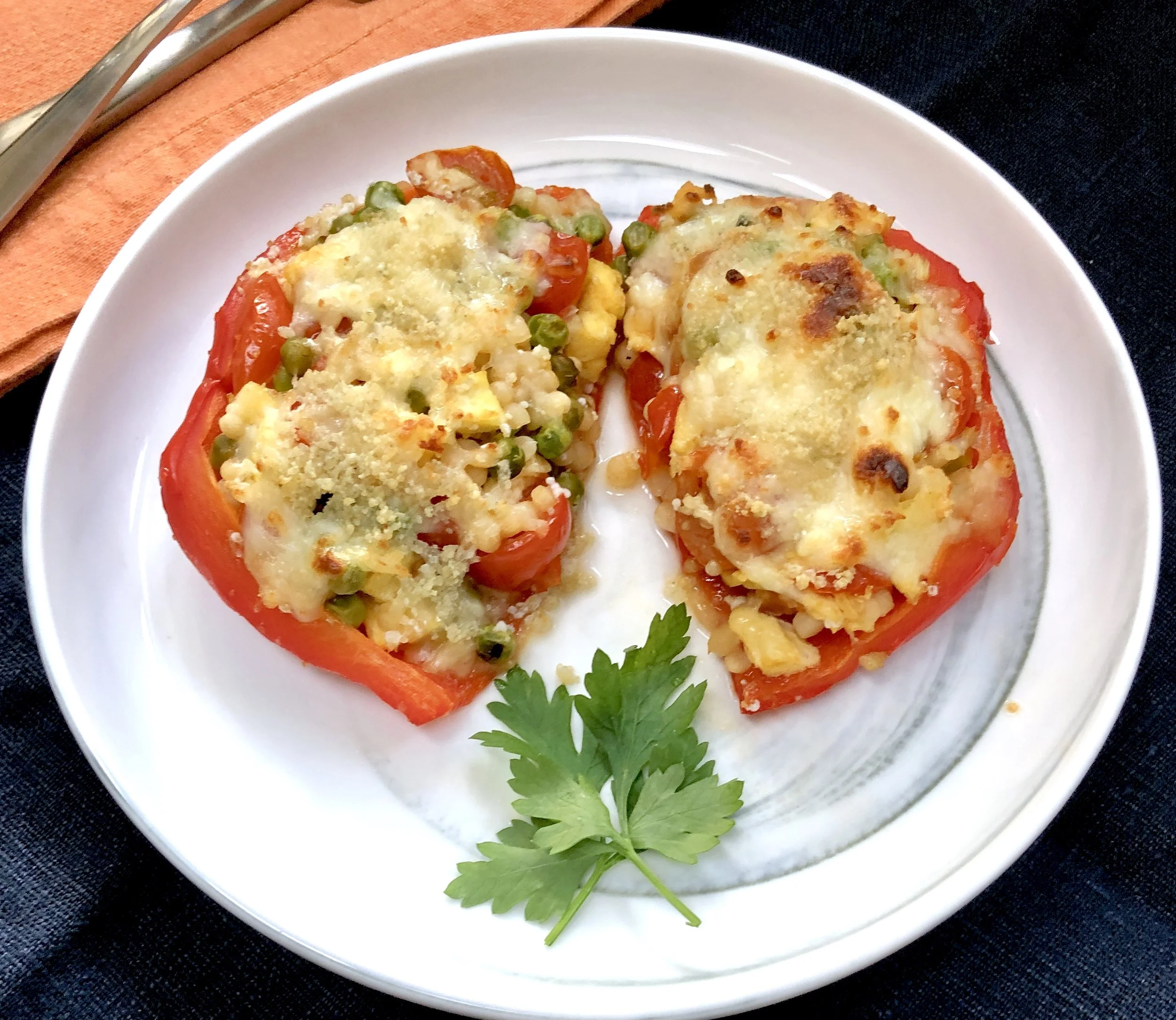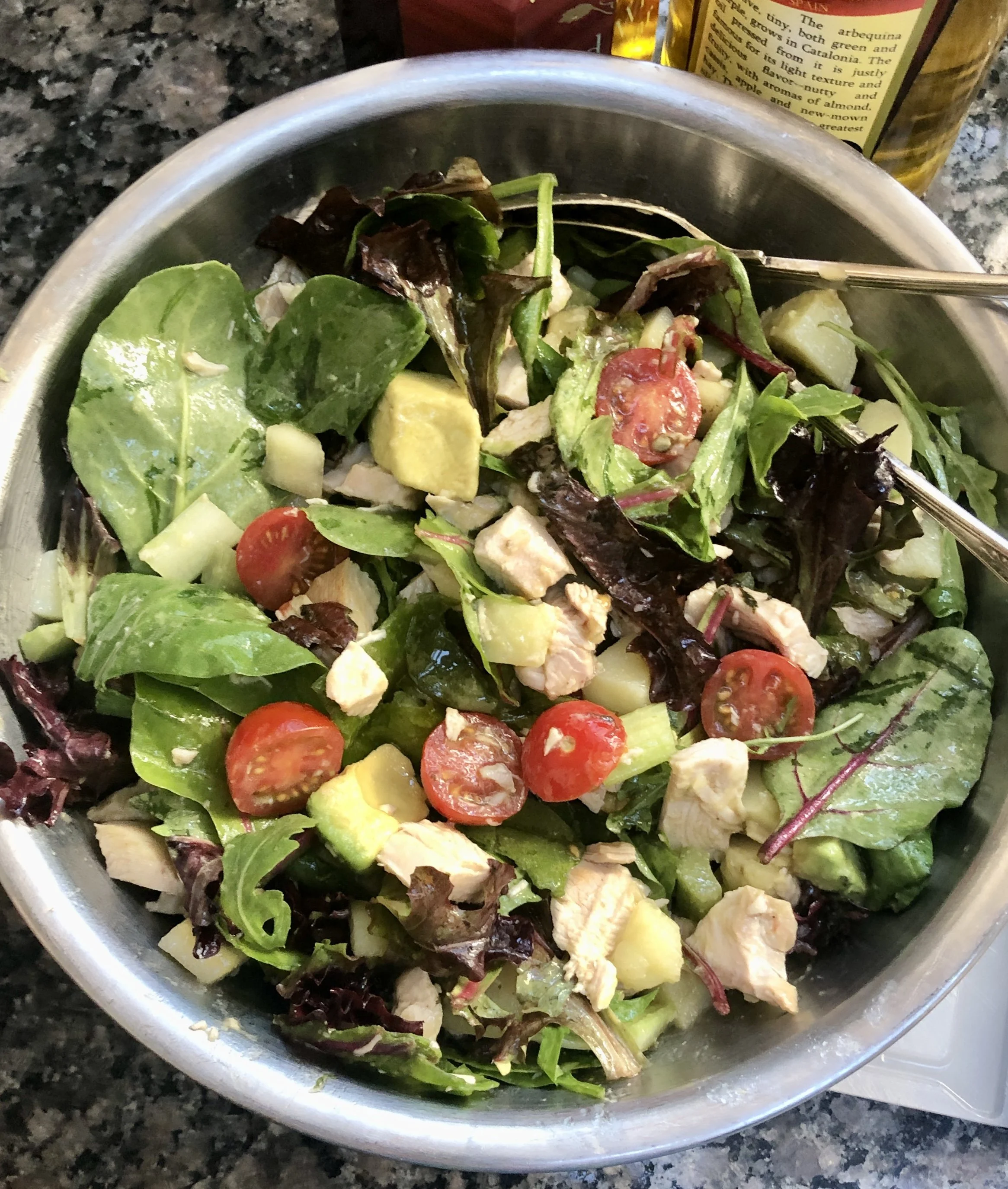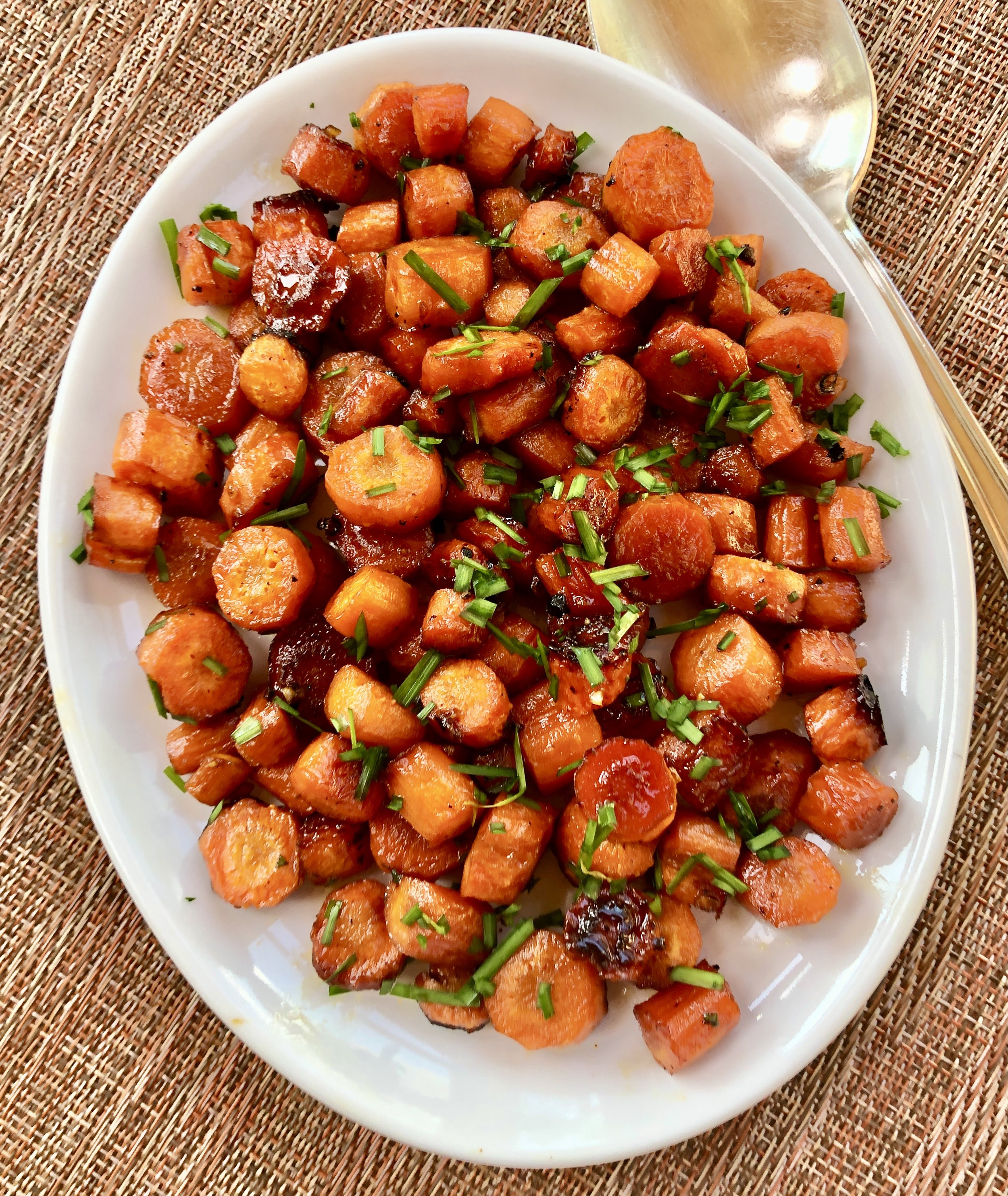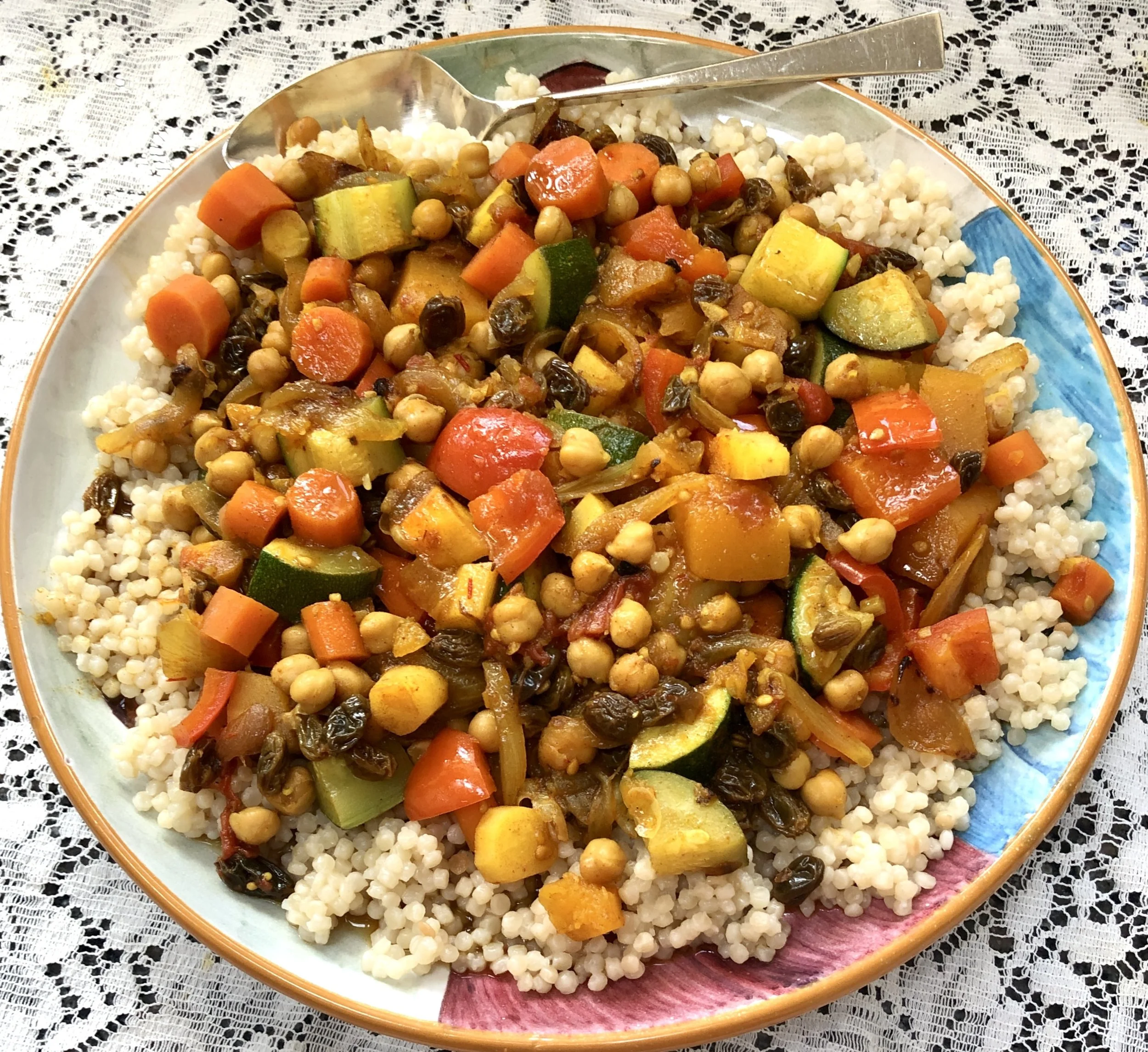Stirfried Couscous with Chicken, Dried Apricots and Pistachios
This is one of the dishes from my class last night at Temple Beth El in Stamford, Connecticut. It was such a lovely evening! The focus was foods for Tu B’Shevat (sort of an Israeli Earth Day), which is always such a big winner as far as food is concerned because we get to eat lots of fruit, including dried fruit, which I love. And everyone who attended the demo seemed to love too.
The recipe is Stirfried Chicken with Dried Apricots and Pistachios, from my book, Hip Kosher. As I explained, this is a versatile dish! I used couscous but you can also use rice or any other whole grain, like farro or barley.
And you can use different fruit — figs, dried cranberries and so on.
I’ve made this dish with lamb chunks too and it’s also delicious.
Or go vegetarian. Leave out the meat and use tofu or peas or water chestnuts and so on.
Pistachios are my favorite for this but cashews would work too.
I say this dish is perfect for Tu B’Shevat but really, it’s for all-year.
Stir-Fried Couscous with Chicken, Dried Apricots and Pistachios (from Hip Kosher)
1-3/4 cups Israeli couscous
4 tablespoons extra virgin olive oil
16-20 ounces boneless chicken, cut into bite-size chunks
4 thick scallions, chopped
1 cup chopped dried apricots
1 teaspoon ground cumin
1 teaspoon ground cinnamon
1 cup shelled pistachios
Salt and freshly ground black pepper, to taste
Make the couscous according to the package directions. Set aside. Heat 2 tablespoons olive oil in a wok, stir-fry pan, or sauté pan over medium heat. Add the chicken and stir-fry for about 4 minutes or until the meat is white and cooked through. Dish out and set aside. Place the remaining 2 tablespoons olive oil in the pan. Add the scallions and cook for 1–2 minutes or until softened. Add the apricots, cumin, and cinnamon and cook briefly, stirring constantly. Add the couscous and chicken and stir-fry for 2–3 minutes to distribute the ingredients well. Stir in the pistachio nuts. Season to taste with salt and pepper. Eat hot or let cool to lukewarm.
Makes 4 servings.
